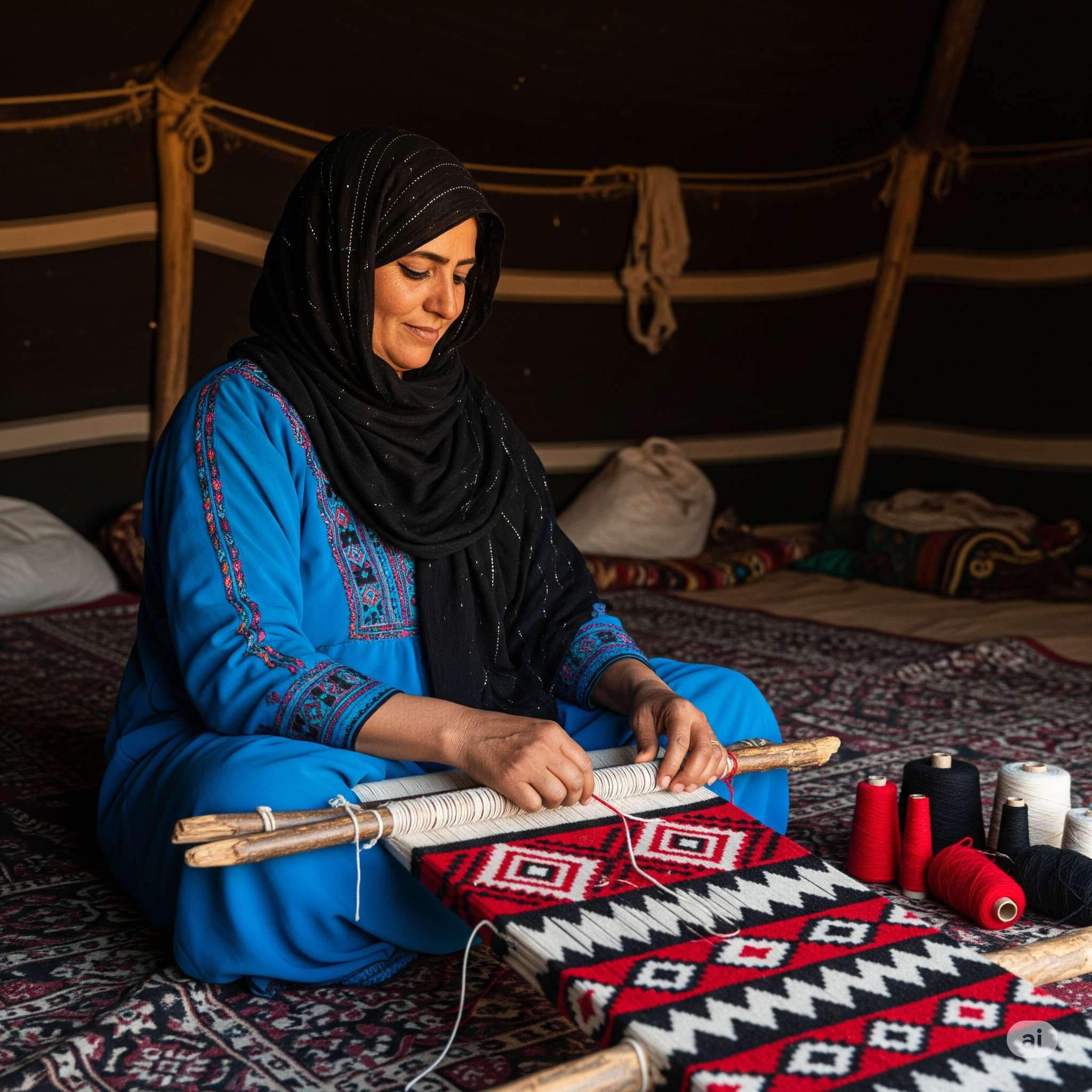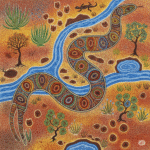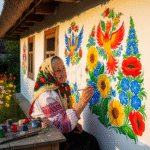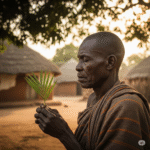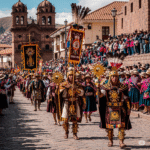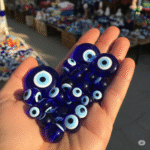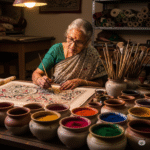In the vast deserts of Iraq, where the wind whispers through dunes and tents, there exists a craft passed down through generations of Bedouin women — Sadu weaving. With bold patterns, earthy colors, and sacred geometry, this textile tradition tells the story of nomadic life, survival, and identity.
What is Sadu?
Sadu (or Al-Sadu) is a traditional form of handweaving practiced by Bedouin communities in Iraq and across the Arabian Peninsula. Woven using goat or camel wool, Sadu cloth is used to create tent panels, rugs, cushions, bags, and belts. Its striking designs — a mix of red, black, white, and ochre — are created on narrow looms using symmetrical geometric patterns that have symbolic meaning.
The process is entirely manual. The weaver sits on the ground with a horizontal loom, drawing thread after thread through the warp with practiced precision. The result is a durable, expressive textile that captures the essence of desert living.
A Woman’s Craft, A Community’s Identity
Sadu weaving is traditionally carried out by women. In tribal society, a girl might begin learning the craft in childhood, observing her mother or grandmother at the loom. The act of weaving becomes both practical and spiritual — a way of preserving memory, storytelling, and cultural expression.
Women would gather in small weaving circles, sharing songs and family histories while they worked. Each woven item was personal: a gift for a wedding, a dowry piece, or a daily tool for desert life. The patterns reflect tribal identity, environment, and belief systems — forming a kind of visual language passed through generations.
The Language of Patterns
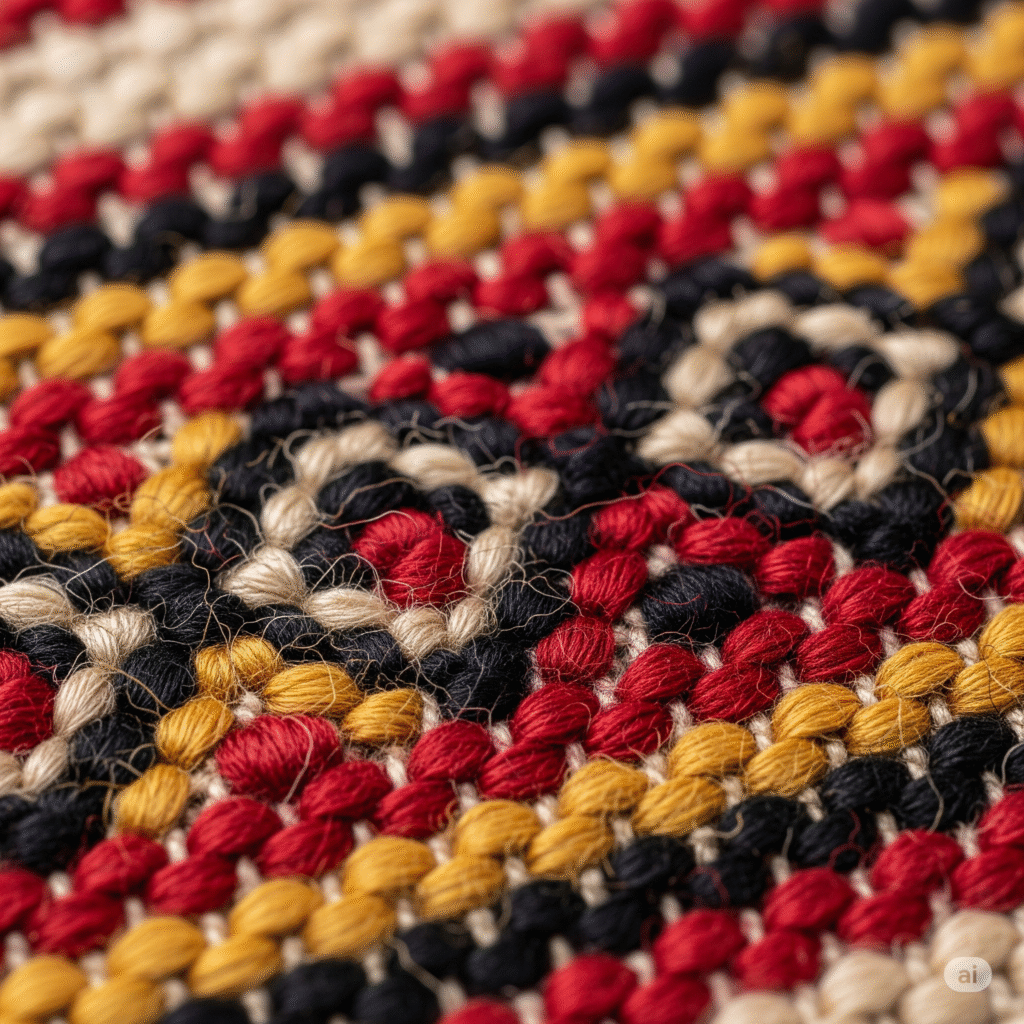
Sadu patterns are rich in symbolism. Geometric shapes like diamonds, triangles, and chevrons are more than just decoration — they speak of protection, fertility, migration, and connection to the earth. Repeating symmetry creates balance and harmony, echoing the nomads’ relationship with the land and stars.
Common motifs include:
- El-khouzam: A zigzag motif representing camel tracks or mountains.
- Warda: A rosette symbolizing blooming life or a new bride.
- Al-Ghizlan: A gazelle-like pattern representing grace and freedom.
The colors also carry meaning. Red signifies life and power; black denotes mystery and protection; white suggests purity and peace; ochre reflects the sands of the desert.
Preserving a Disappearing Art
With modernization, urbanization, and the decline of nomadic lifestyles, Sadu weaving faced a steep decline in recent decades. The number of practicing weavers shrank, and the knowledge risked being lost entirely. However, cultural institutions in Iraq and surrounding regions have begun to revive and document the tradition.
Workshops, exhibitions, and women-led cooperatives have emerged to keep Sadu alive. Young artisans are being trained, and Sadu motifs are being reintroduced into contemporary fashion and home décor, creating a bridge between heritage and modernity.
UNESCO Recognition
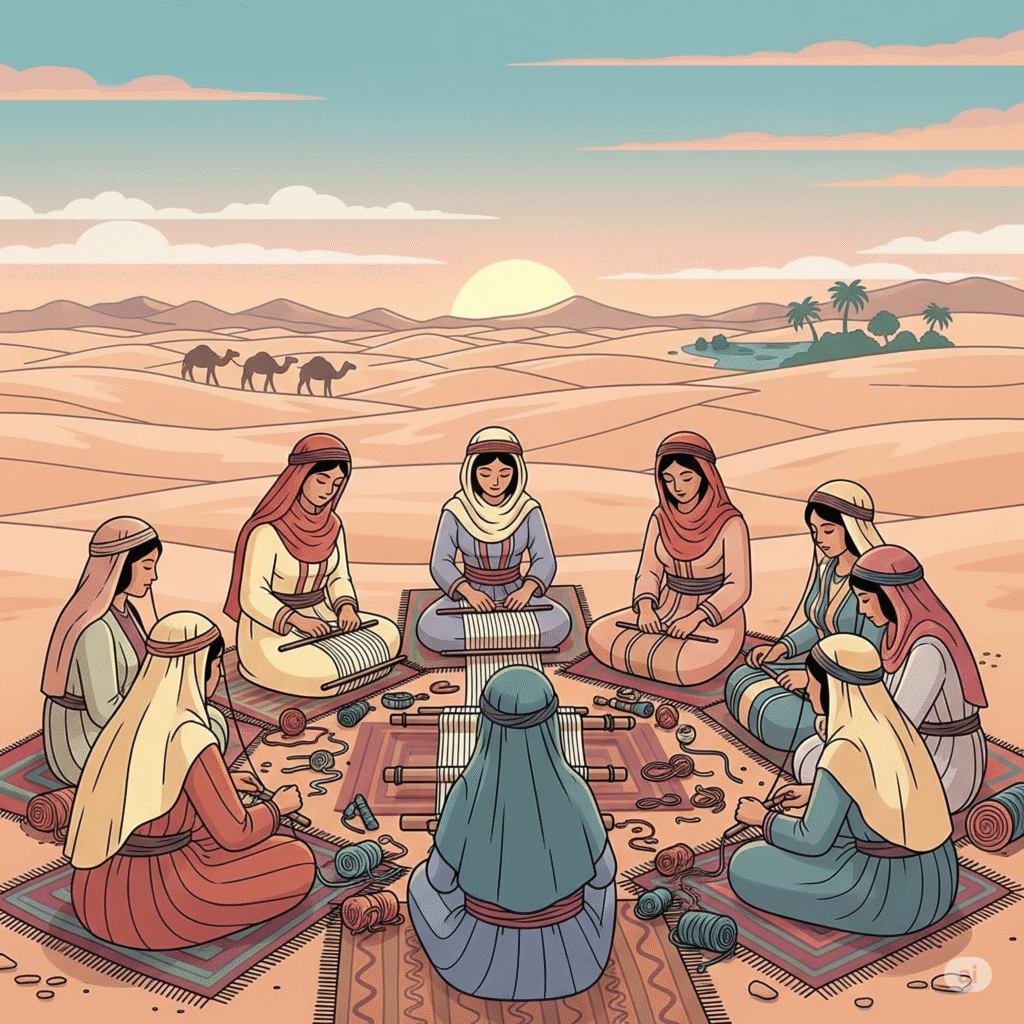
In recognition of its cultural importance, Sadu weaving was added to the UNESCO List of Intangible Cultural Heritage in Need of Urgent Safeguarding in 2011. This global acknowledgment has helped draw attention to the craft’s significance and the need to support local artisans.
For the weavers, it is more than a listing — it is validation that their quiet work, done in tents and courtyards for centuries, is part of humanity’s shared story.
A Thread Between Past and Future
To hold a piece of Sadu cloth is to hold a piece of the desert — the wind, the stars, the rhythm of hooves on sand. Every line and color is intentional. Every knot a memory. It’s a reminder that tradition doesn’t need to be frozen in time — it can live, adapt, and still carry the weight of meaning.
